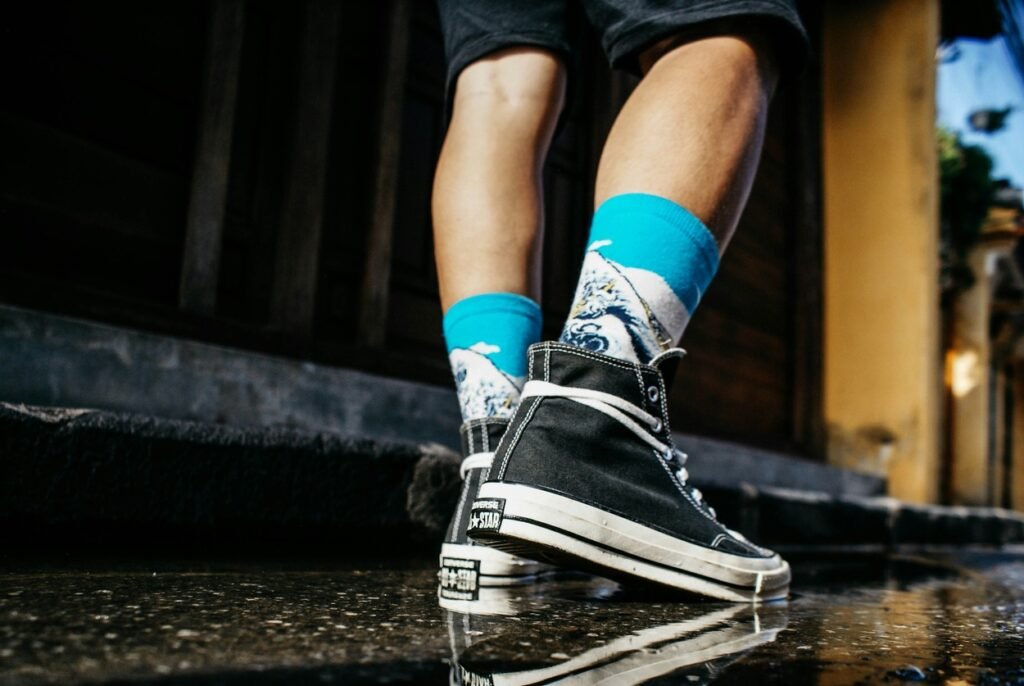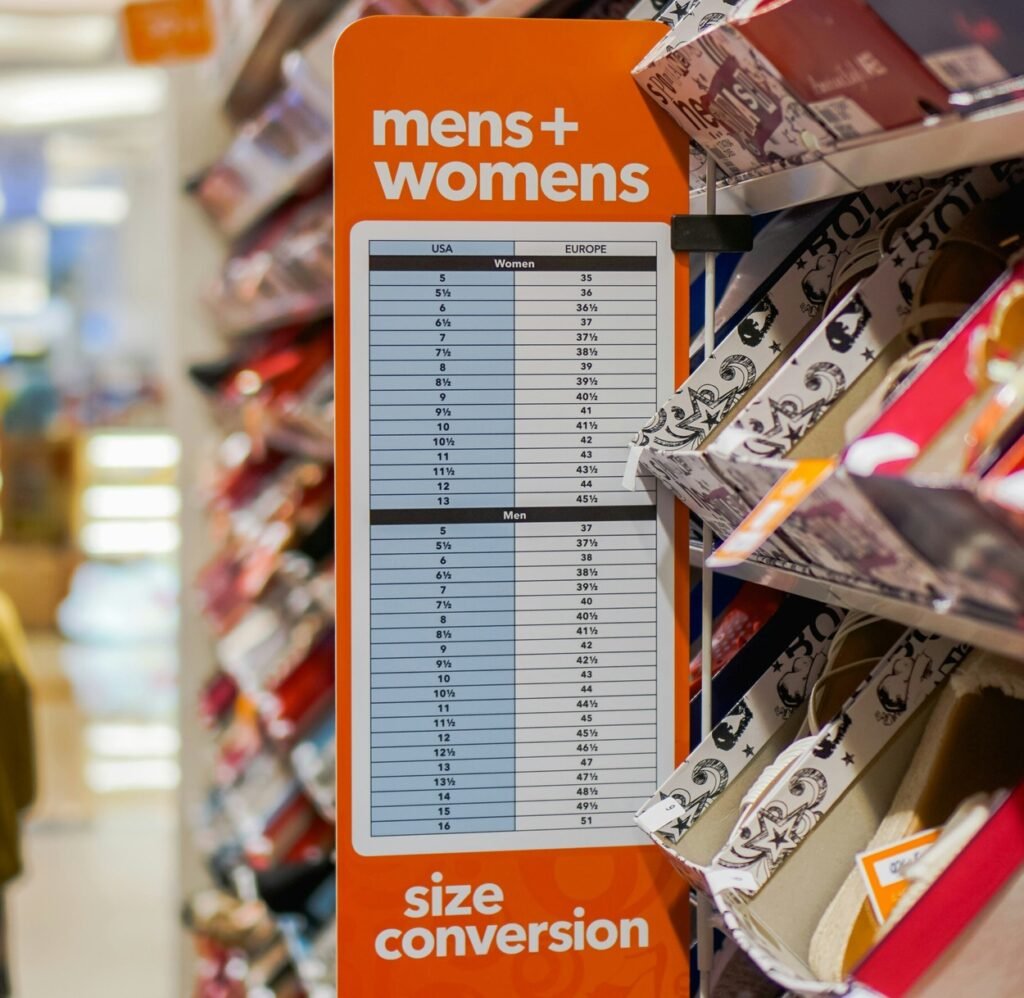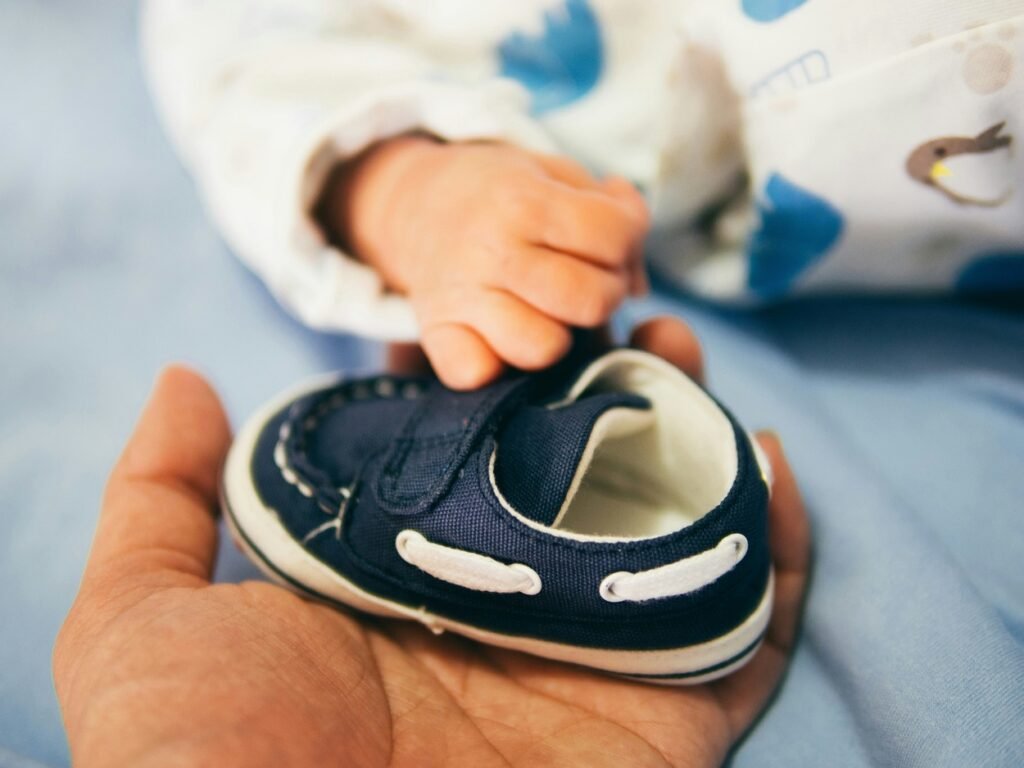When my kids—my six-year-old son and five-year-old daughter—took their first wobbly steps, I was as proud as any parent could be. But along with those precious milestones came a new challenge: shoes. You’d think getting tiny shoes for tiny feet would be simple, but toddler shoe sizes are a world of their own—one filled with confusion, contradictions, and the occasional tear (mine, not theirs).
Let’s take a walk (pun intended) through the labyrinth, which is toddler shoe sizing.
Why Do Toddlers Even Need Shoes?
Before we get into the nitty-gritty of sizes, let’s tackle the obvious question: Why do toddlers even need shoes? If you’ve ever tried putting shoes on a toddler, you’ll know it’s like trying to dress a particularly feisty octopus. But despite their resistance, shoes are essential.
First, they provide protection. Those delicate little feet need a shield from the many hazards of the world, from sharp rocks and splinters to mysterious sticky substances on the pavement (where do they even come from?). Shoes also offer support, helping those growing muscles and bones develop properly. And let’s not forget warmth—unless you live in a tropical paradise, those tiny toes need to stay cosy.
However, finding the right shoe size is critical. Too small, and your toddler’s feet are squished; too large, and they’ll trip over their own toes. So, how do you figure it out?

The Mysterious World of Toddler Shoe Sizes
If you’ve ever tried to navigate the world of toddler shoe sizes, you’ll know it’s anything but straightforward. In fact, it’s downright puzzling. Here’s a quick rundown to set the stage.
In the US, toddler shoe sizes start from size 0 (for newborns) and go up to size 13. Once they hit 13, the sizing starts over again at 1 for bigger kids. This makes perfect sense, right? (No, no, it does not.) In the UK, the system is similar but not identical, with numbers that don’t quite match US sizes. And just to keep things interesting, European sizes use a completely different scale, starting around 16 for newborns and moving up from there.
The kicker? These sizes don’t always match up across brands. A US size 5 in one brand might be the same as a US size 6 in another. It’s like the Wild West out there, and the only way to be sure is to try them on—something that’s as easy as putting a cat in a bathtub.
How to Measure Toddler Feet Without Losing Your Mind
Measuring your toddler’s feet at home is not for the faint of heart. It’s a bit like trying to measure a wiggly worm that’s had too much sugar. But if you want to avoid buying shoes that will either pinch their toes or fly off mid-stride, it’s a necessary task.
Here’s how I managed it after several failed attempts:
First, I waited for a calm moment—rare as it may be—when both kids were relaxed, perhaps after a meal or a nap. Attempting this when they’re bouncing off the walls is a recipe for disaster. Then, I grabbed a piece of paper and placed it on the floor. I had my child stand on the paper, ensuring they were bearing weight on their feet (because feet spread out when standing).
Next came the delicate task of tracing around each foot with a pen. It didn’t have to be perfect—just close enough to get a good idea of their foot size.
Once I had the outline, I measured the length from the heel to the longest toe. This gave me a basic foot length, which I then matched to a size chart (found easily online) to determine the right shoe size. Of course, this process isn’t foolproof—size charts vary by brand—but it gave me a good starting point.
Even with careful measuring, I strongly recommend trying the shoes on before making a purchase. Toddlers are notorious for having their own opinions about comfort, and no amount of careful measuring can account for a toddler’s sudden decision that one shoe is fun to wear and the other is a form of medieval torture.
When to Size Up: The Never-Ending Growth Spurt
If there’s one thing you can count on with toddlers, it’s that they’ll outgrow everything—often before you’ve had a chance to take the tags off. One minute, those adorable shoes fit perfectly, and the next, you’re wondering if your child’s feet belong to a small giant.
There are a few signs that it’s time to size up. If you see red marks or indentations on their feet after removing their shoes, it’s a clear sign that the shoes are too tight. Complaints of foot pain, though they may not come until you’re halfway through a road trip, are another obvious indicator. And if you find yourself wrestling with the shoes every time you try to put them on, it might be time to admit defeat and go up a size.
In my experience, it’s always best to buy shoes with a little extra room—about half an inch at the toe. This gives those rapidly growing feet some space to breathe without making the shoes too big.

Buying Shoes: The Online vs. In-Store Dilemma
Shopping for toddler shoes is an adventure, to say the least. If you choose to brave the stores, be prepared for a workout. My daughter, in particular, turns the shoe store into her personal racetrack, while my son is more likely to sit down and try on a shoe… if he’s in the mood. On the bright side, going in-store allows you to try the shoes on immediately, ensuring a better fit.
On the other hand, online shopping can be a lifesaver, especially if you’d rather avoid a public meltdown. The downside? You risk ending up with shoes that don’t fit quite right. Luckily, many online retailers offer free returns, so I often order two sizes and send back what doesn’t work.
When shopping online, I always check the return policy first to make sure I can send the shoes back if needed. I also read reviews from other parents, who often share helpful insights about sizing, comfort, and durability. Comparing size charts with the measurements I took at home helps, though it’s not foolproof.
Don’t Forget the Socks!
Once you’ve gone through the ordeal of finding the perfect shoes, don’t forget about socks. They might seem like an afterthought, but they can make or break the fit. Too thick, and the shoes become tight; too thin, and the shoes might slip off. I’ve learned this the hard way more times than I care to confess.

Final Thoughts: Embrace the Chaos
At the end of the day, finding the right toddler shoe size is an ongoing process. Just when you think you’ve got it all figured out, your toddler will have another growth spurt, and you’ll be back to square one. But that’s parenting in a nutshell, right? It’s messy, unpredictable, and sometimes downright confusing—but it’s also filled with tiny victories like the day you finally find a pair of shoes that your child actually wants to wear.
So, take a deep breath, keep your sense of humour intact, and remember: when it comes to toddler shoe sizes, there’s no such thing as “one size fits all.”
